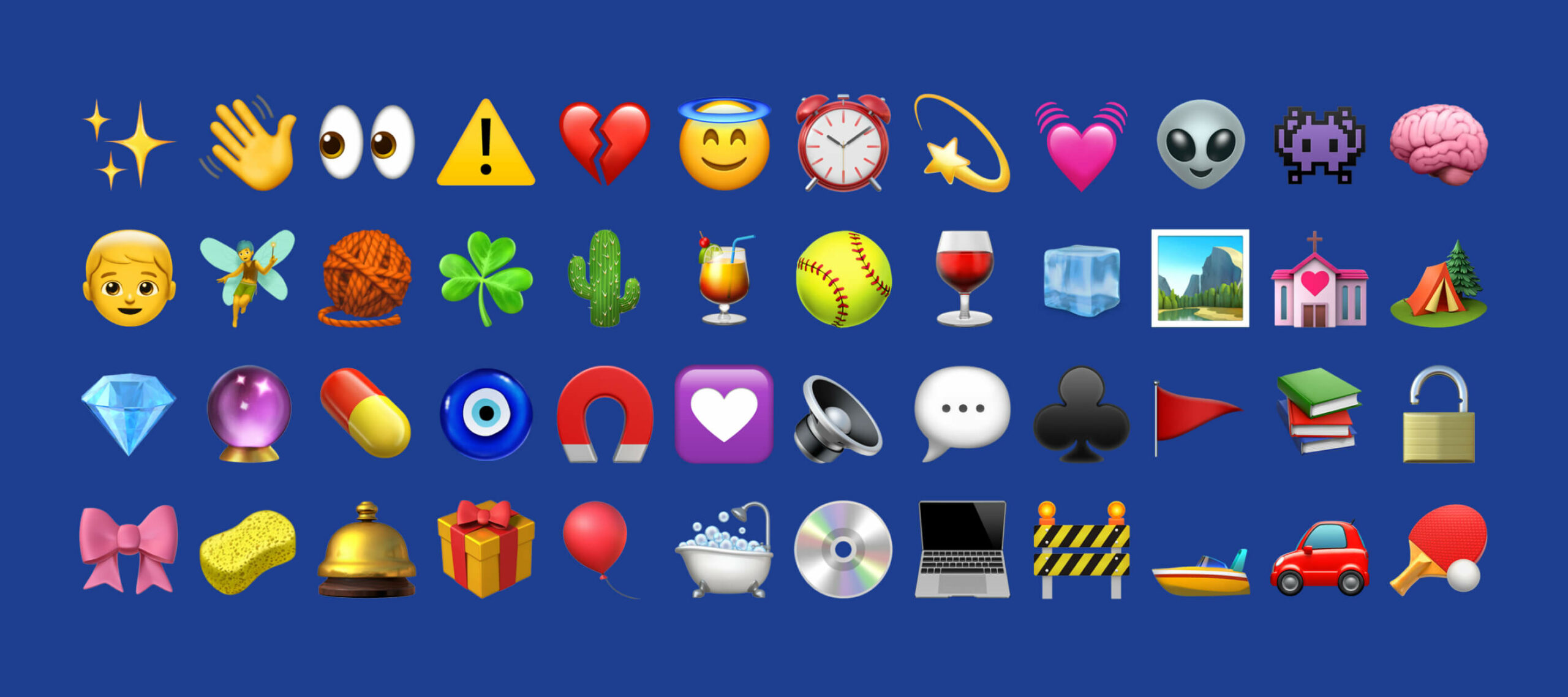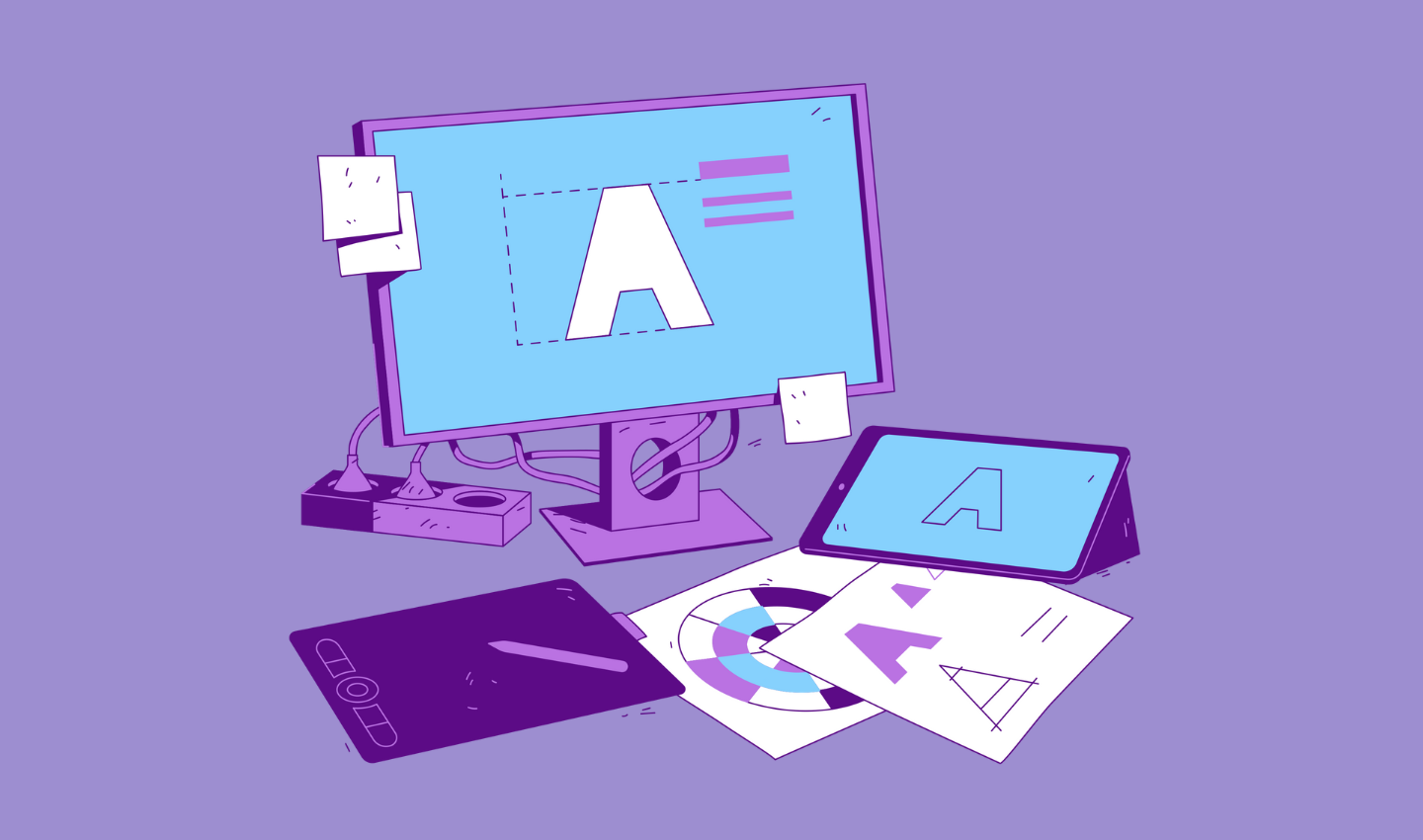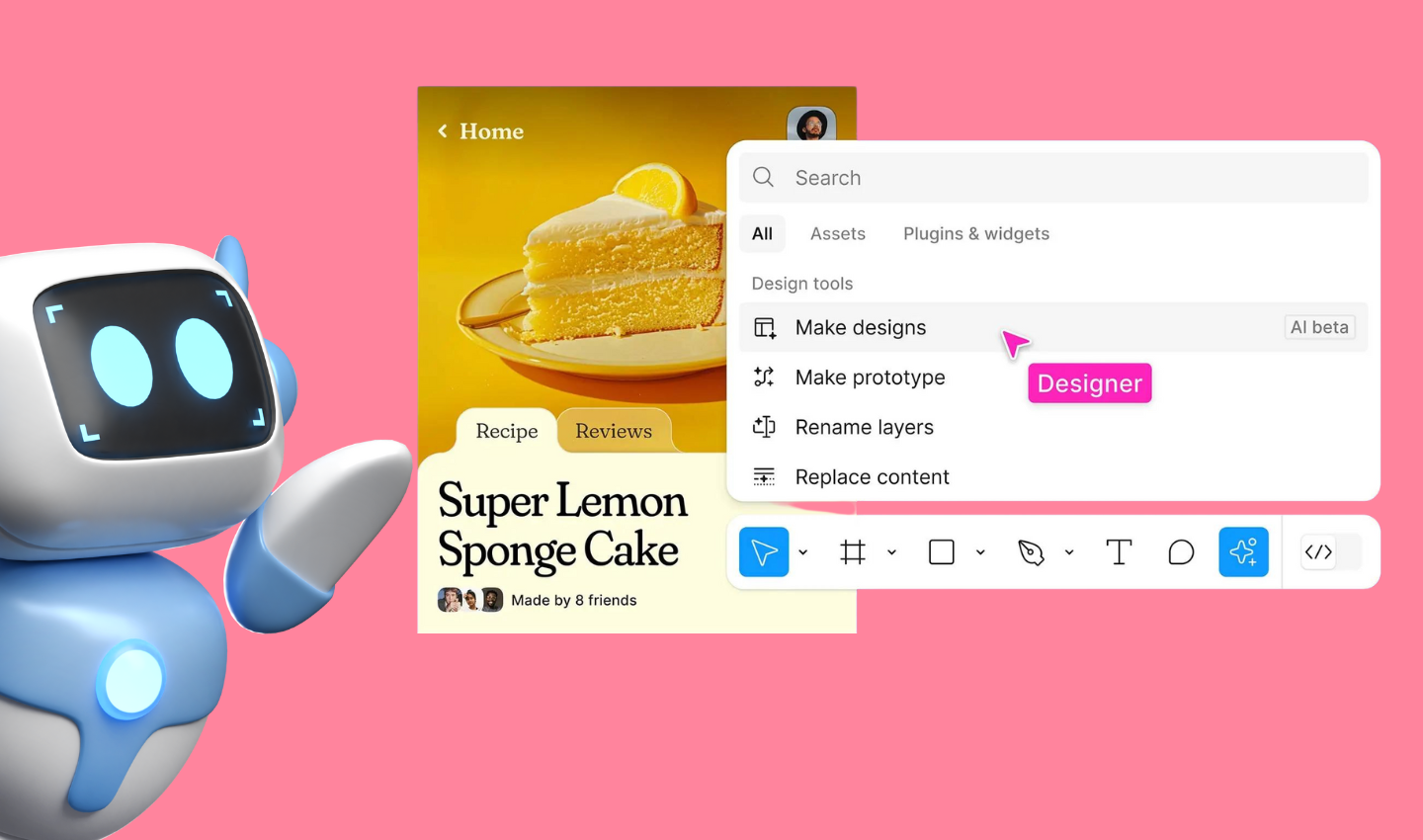
Figma AI: A New Era of Design
Figma has become synonymous with modern design collaboration. Its cloud-based platform has revolutionized the way UI/UX designers work together, fostering seamless communication and streamlined workflows. Now, with the introduction of Figma AI, the design world is poised for another transformative leap forward. This integration of artificial intelligence empowers designers with a powerful set of tools, ushering in a new era of design efficiency, creative exploration, and collaborative innovation.
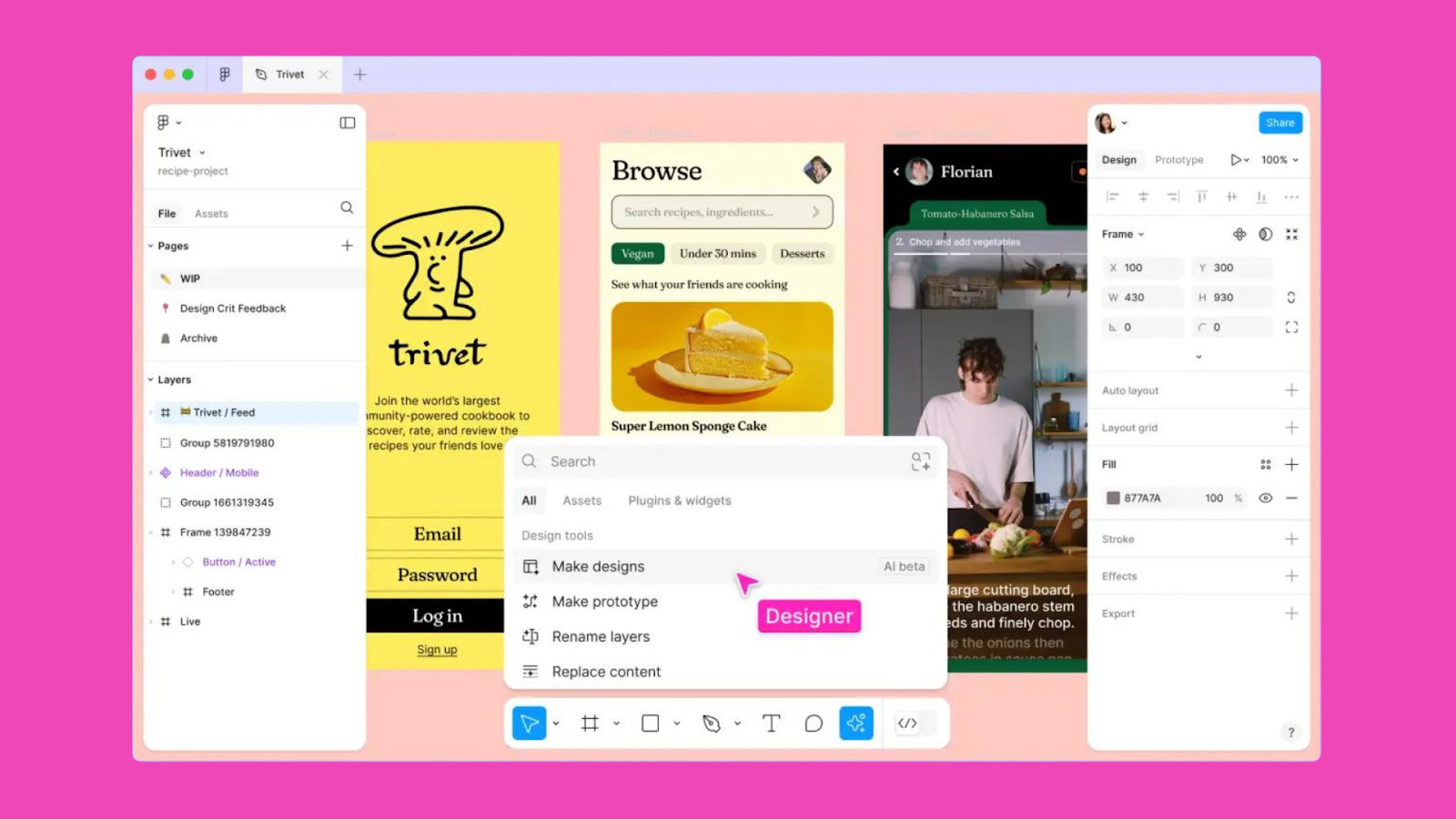
Table of Contents
Unveiling the Power of Figma AI: Design and Intelligence
Figma AI isn’t a standalone software taking designers down a rabbit hole of unfamiliar interfaces. Instead, it’s a suite of AI-powered features meticulously woven into the existing Figma platform. Accessible through the “Actions” menu, these features leverage the robust technology of OpenAI to assist designers in various aspects of their creative endeavors.
Imagine needing an illustration for a mobile app screen. Traditionally, you’d either create it yourself or outsource it to an illustrator. But with Figma AI’s “Make Image” feature, simply describing the desired scene unlocks a plethora of possibilities. You can type in details like “a bustling city street at night, neon signs illuminating a crowded sidewalk,” and Figma AI generates unique image options to choose from. This not only saves valuable time but also sparks creative inspiration, allowing you to explore various visual directions before settling on the perfect one.

Another time-consuming task that often plagues designers is filling placeholders with text. “Replace Content” eliminates this tedium by utilizing AI to generate realistic and unique content. Whether you need placeholder text for headlines, body copy, or even user interface labels, Figma AI takes care of it, allowing you to focus on crafting the core messaging and user experience within your design.
Beyond Content Generation: Streamlining the Design Process
Figma AI goes beyond content generation by offering an array of tools to streamline the design process itself. Take renaming layers, a seemingly mundane but essential task. In complex design projects, countless layers accumulate, each requiring a descriptive name. Manually renaming them can be tedious and error-prone. However, Figma AI’s “Rename Layers” feature automates this process, analyzing the content and purpose of each layer and suggesting clear, consistent names. This not only saves designers hours of tedious work but also promotes organization and improves collaboration within design teams.
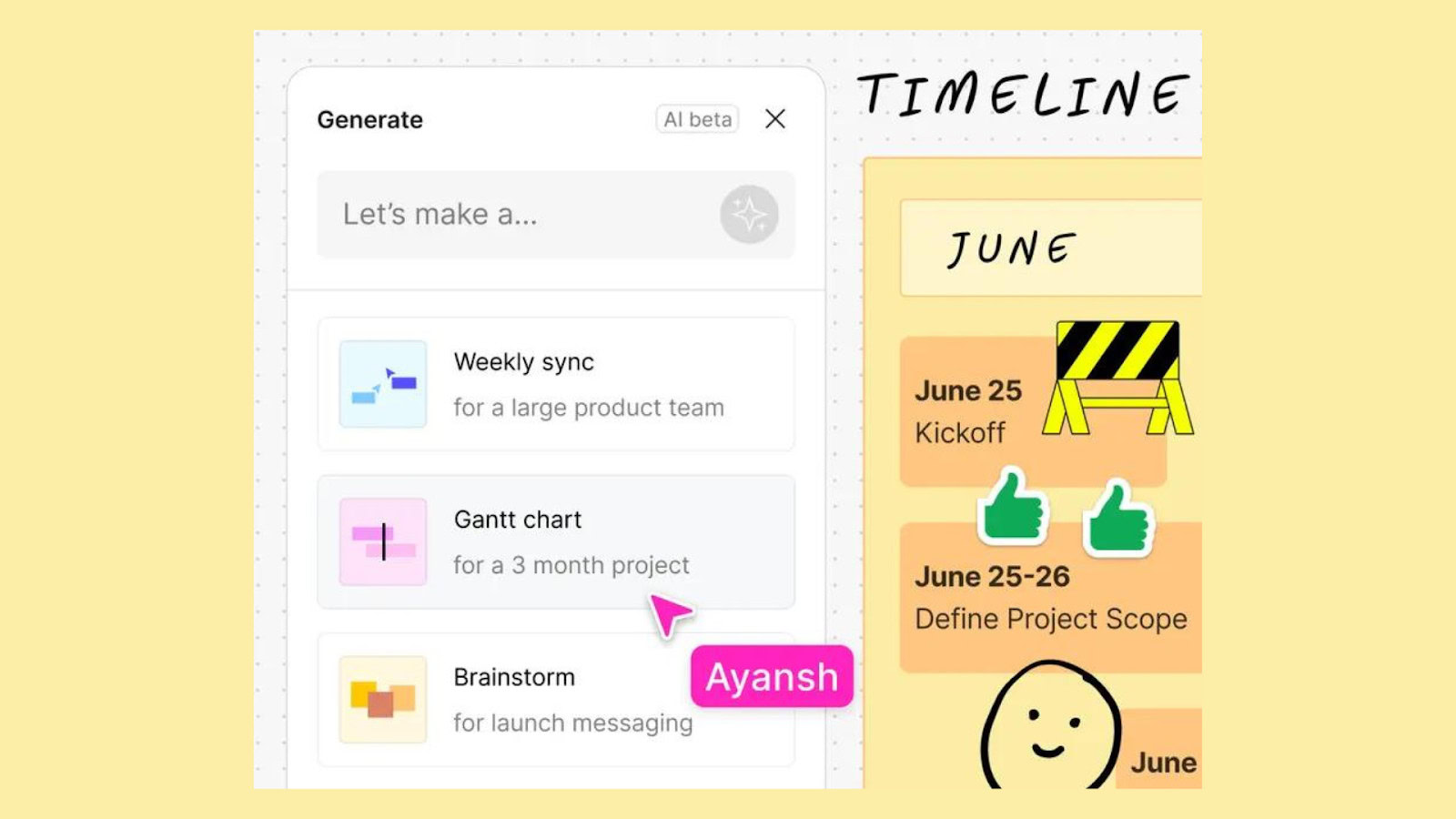
Figma also boasts a collaborative whiteboarding tool called FigJam, where brainstorming sessions often involve sticky notes overflowing with ideas. Figma AI’s “Summarize Text” feature analyzes the text on these notes and provides concise summaries. This allows teams to quickly grasp key points, identify recurring themes, and make informed decisions during the brainstorming process.
Elevating Prototyping: From Static Screens to Interactive Experiences
Prototyping is a crucial step in design, allowing designers to test user interactions and refine the user experience. Traditionally, creating animations for transitions between design frames can be time-consuming. However, Figma AI’s “Auto-Animate” feature offers a solution. It generates basic animations between frames, providing a solid foundation for interactive prototypes. This jumpstarts the prototyping process, allowing designers to focus their efforts on fine-tuning interactions, user flows, and ensuring a seamless user journey.
Expanding the Power of Words: Text Manipulation Made Easy

Clear and concise communication is paramount in design. Figma AI understands this, offering features that empower designers to manipulate text effortlessly. Imagine needing to rewrite a section of your design’s copy to explore different phrasings or tones. Here’s where “Rewrite” comes in. This feature analyzes the existing text and suggests alternative phrasings while maintaining the core meaning. Additionally, “Translate” allows you to cater to a global audience by translating text within your design into various languages. This streamlines multilingual design efforts and promotes greater accessibility across diverse user bases.
The Benefits of Embracing Figma AI: A Boon for Design Teams
The integration of AI into Figma offers a multitude of benefits for designers at all levels of expertise.

Enhanced Efficiency
AI-powered features like “Replace Content” and “Rename Layers” automate repetitive tasks, freeing up designers’ time for more strategic endeavors.
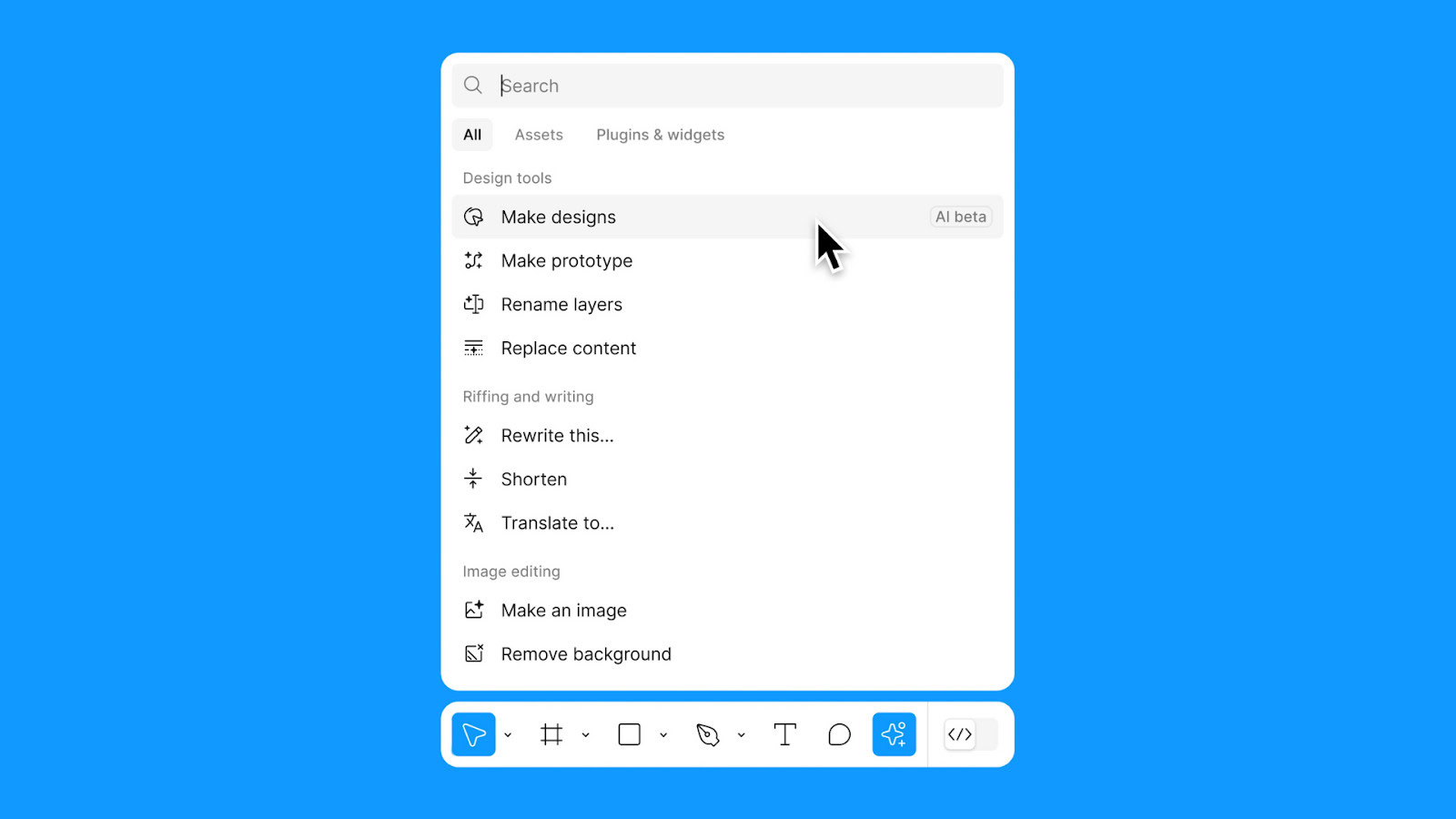
Unlocking Creative Exploration
Features like “Make Design” spark creative inspiration and allow designers to explore a wider range of design possibilities quickly.
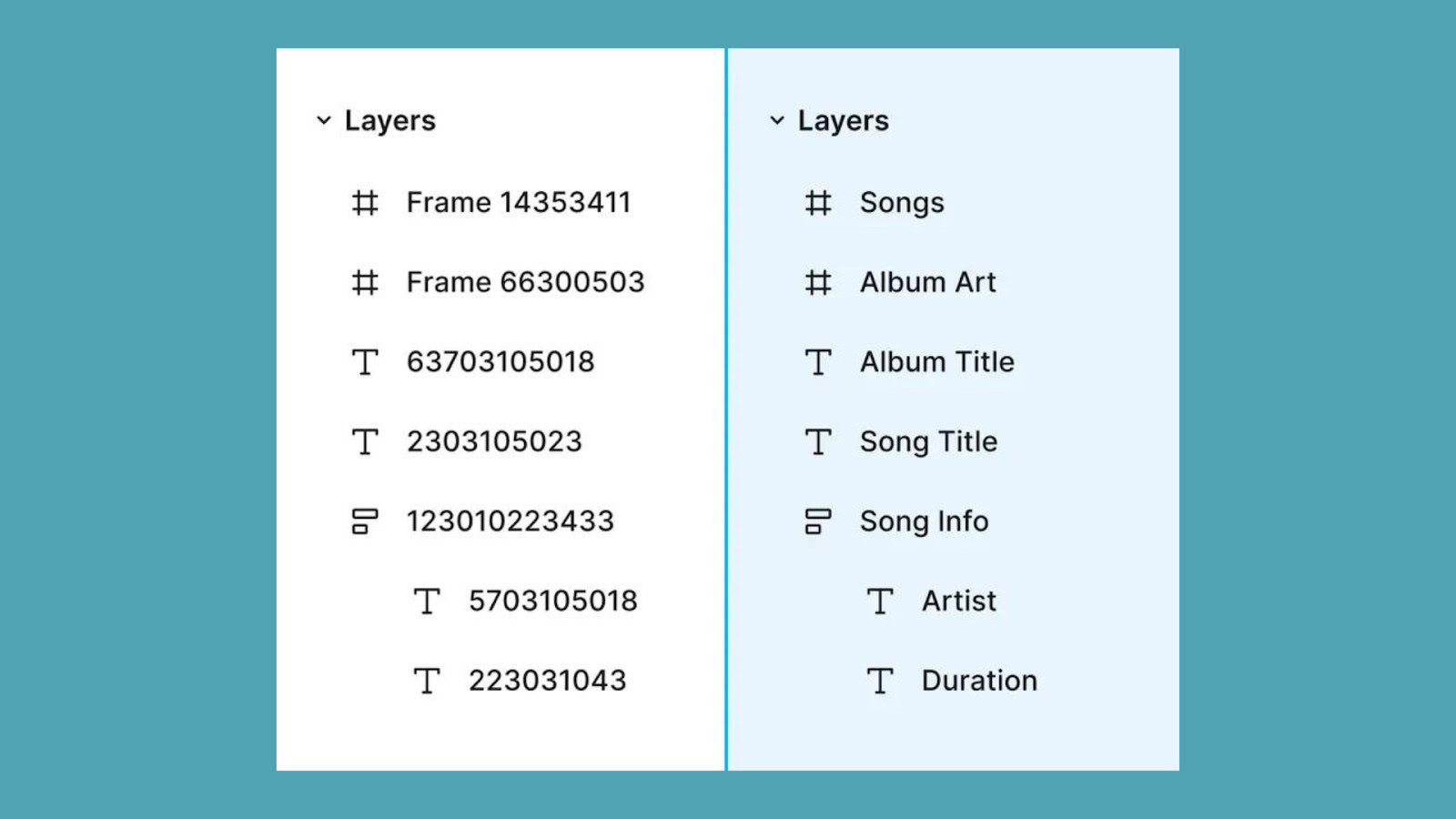
Ensuring Design Consistency
Automatic layer renaming promotes consistent naming conventions, leading to better organized projects and smoother collaboration with developers who rely on these names.

Simplified Prototyping
“Auto-Animate” provides a foundation for interactive prototypes, allowing designers to focus on refining the user experience.

Accessibility and Inclusivity
“Translate” fosters inclusivity by making designs accessible to a wider audience by catering to diverse languages.
Envisioning the Future: Design Possibilities with AI
Figma AI represents a significant leap towards an AI-powered design future. While it’s still in its nascent stages, the potential applications hold immense promise.
Advanced Content Generation
Imagine Figma AI not just generating static images but crafting entire design mockups based on user descriptions and design requirements. This could revolutionize the design workflow, especially for rapid prototyping and initial design iterations. Designers could quickly generate multiple design layout options, allowing for faster exploration and selection of the most promising concepts.
Personalized Design Recommendations
AI could analyze design trends, user data, and competitor information to suggest design elements, layouts, and color schemes tailored to specific projects. This would provide designers with valuable insights to optimize their designs for different contexts and target audiences. Imagine designing a website for a travel agency. Figma AI, after analyzing competitor websites and user data on popular travel destinations, could recommend color palettes that evoke a sense of adventure, layouts that prioritize user-friendly navigation, and even suggest design elements that cater to specific demographics, such as families or luxury travelers.

Intelligent User Interface Design
The future might hold AI-powered tools capable of designing interfaces that adapt to user behavior and preferences in real-time. This could create more personalized and intuitive user experiences across different platforms and devices. For example, an e-commerce platform could leverage AI to personalize the product layout based on a user’s past purchase history or browsing behavior, showcasing items that align with their interests.
A Call for Responsible Development and Ethical Considerations
The integration of AI into design tools raises important considerations regarding responsible development and usage. Here are some key points to remember:
AI as a Tool, Not a Replacement
Figma AI is designed to augment designers’ capabilities, not replace them. Critical thinking, design expertise, and a user-centered approach remain paramount for success. AI-generated outputs should be critically evaluated and refined to ensure they align with design goals and user needs.
Data Privacy and Security
As Figma AI relies on user input for some features, designers must be mindful of data privacy and security concerns. Familiarizing oneself with Figma’s data handling practices and using AI features responsibly is crucial.
Bias Awareness
AI models can inherit biases from the data they are trained on. Designers must be aware of potential biases in AI-generated outputs and critically evaluate them before incorporating them into their designs. For instance, an AI trained on a dataset of website layouts might favor a specific design style that caters to a particular demographic. Designers need to be aware of such potential biases and choose outputs that align with the project’s specific needs and target audience.
Conclusion: A Collaborative Future Powered by AI and Human Creativity
Figma AI marks a pivotal moment in design software. By seamlessly integrating AI functionalities within the familiar Figma platform, it empowers designers of all levels to streamline workflows, unlock creative possibilities, and elevate the design process. While some may view AI as a threat to the creative process, Figma AI serves best as a powerful tool in a designer’s arsenal.
As Figma AI continues to evolve, it’s crucial for designers to embrace lifelong learning and stay informed about the latest advancements. By understanding the capabilities of AI while maintaining their design expertise and ethical considerations, designers can unlock new avenues for creativity and contribute to shaping a more intuitive and user-centered digital future.
The future of design lies in collaboration – not just between designers, but also between human creativity and the power of artificial intelligence. Figma AI paves the way for this exciting future, where designers can leverage AI to achieve greater efficiency, explore uncharted design territories, and ultimately deliver exceptional user experiences.
Take your company to the next level and get results with our world class user experience, interface design and implementation.
Get a FREE 30 min Strategy Session

Related posts
The Future of UX Design in 2024
User experience (UX) design is the process of creating products and services that are easy to use and enjoyable for […]
Emojis in Product Design: How They Have Evolved and How to Use Them
A paragraph to a loved one, an Instagram post, a Twitter comment, a marketing email or a work message… these […]
Bridging the Gap: How Brand Strategy and UX Design Work Together to Create Unforgettable Experiences
In today’s digital age, where user experience (UX) design has become increasingly crucial for business success, the role of brand […]
Creative product design that gets results
Take your company to the next level with world class user experience and interface design.
get a free strategy session


